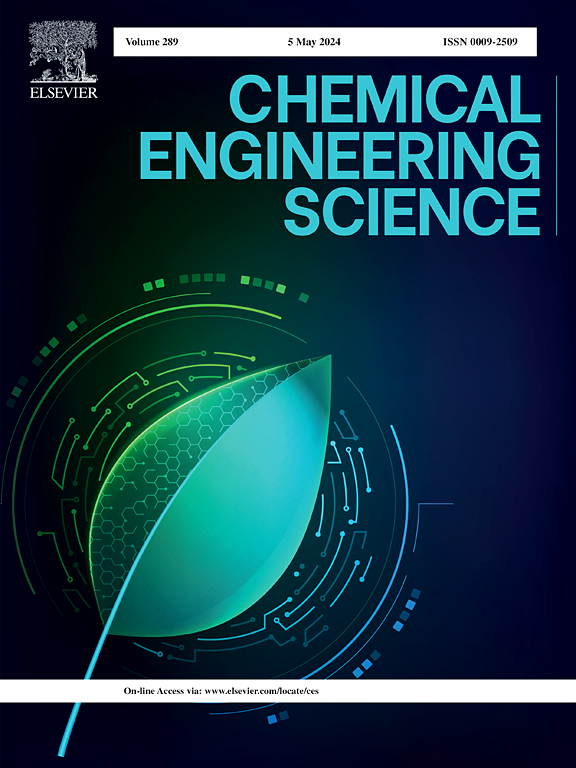超细气泡对超声诱导微生物灭活的影响
IF 4.3
2区 工程技术
Q2 ENGINEERING, CHEMICAL
引用次数: 0
摘要
本研究的主要目的是探究超微气泡的存在是否能增强使用 38 kHz 低频超声进行的超声诱导微生物灭活。在预先形成的超微气泡(2.0 × 108 颗粒/毫升,峰值大小为 100 纳米)存在的情况下,进行了超声诱导的大肠杆菌灭活试验。与单独使用超声波(kD = 0.126 min-1)和单独使用超微气泡(kD = 0.007 min-1)的值之和相比,联合使用超声波和超微气泡可协同提高消毒速率常数(kD = 0.206 min-1)。此外,本研究还调查了超声诱导超微气泡数量和大小的变化,以及超微气泡存在时超声诱导 OH 自由基的生成。本文章由计算机程序翻译,如有差异,请以英文原文为准。


Effect of ultrafine bubbles on ultrasound-induced microbial inactivation
The main objective of the present study is to investigate whether the presence of ultrafine bubbles can enhance ultrasound-induced microbial inactivation performed with low frequency ultrasound at 38 kHz. The ultrasound-induced inactivation of Escherichia coli was performed in the presence of pre-formed ultrafine bubbles (2.0 × 108 particles/mL, the peak size at 100 nm). The combined use of ultrasound and ultrafine bubbles could synergistically increase the disinfection rate constant (kD = 0.206 min−1) compared to the sum of the value with ultrasound alone (kD = 0.126 min−1) and the value with ultrafine bubbles alone (kD = 0.007 min−1). In addition, the present study investigated the ultrasound-induced change in the number and size of ultrafine bubbles, and the ultrasound-induced OH radical generation in the presence of ultrafine bubbles.
求助全文
通过发布文献求助,成功后即可免费获取论文全文。
去求助
来源期刊

Chemical Engineering Science
工程技术-工程:化工
CiteScore
7.50
自引率
8.50%
发文量
1025
审稿时长
50 days
期刊介绍:
Chemical engineering enables the transformation of natural resources and energy into useful products for society. It draws on and applies natural sciences, mathematics and economics, and has developed fundamental engineering science that underpins the discipline.
Chemical Engineering Science (CES) has been publishing papers on the fundamentals of chemical engineering since 1951. CES is the platform where the most significant advances in the discipline have ever since been published. Chemical Engineering Science has accompanied and sustained chemical engineering through its development into the vibrant and broad scientific discipline it is today.
 求助内容:
求助内容: 应助结果提醒方式:
应助结果提醒方式:


